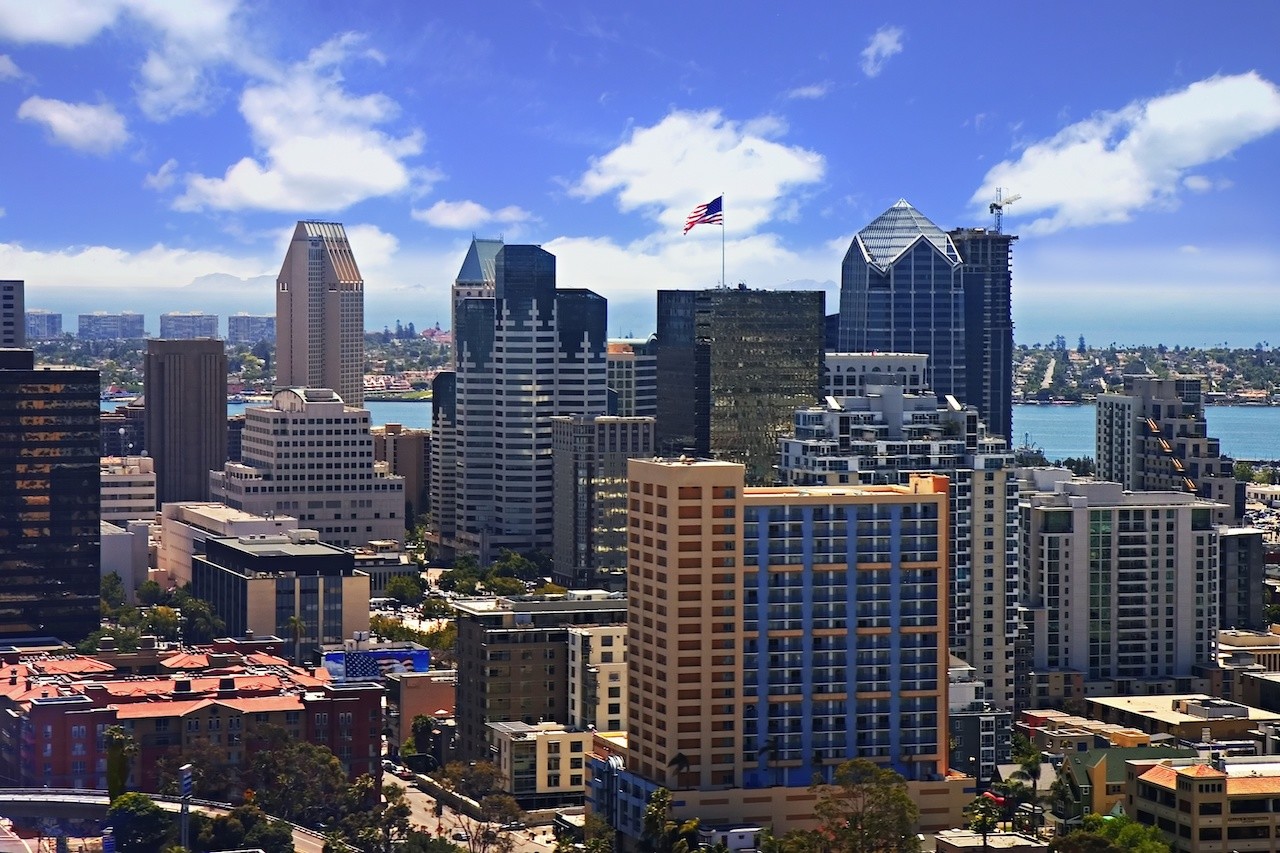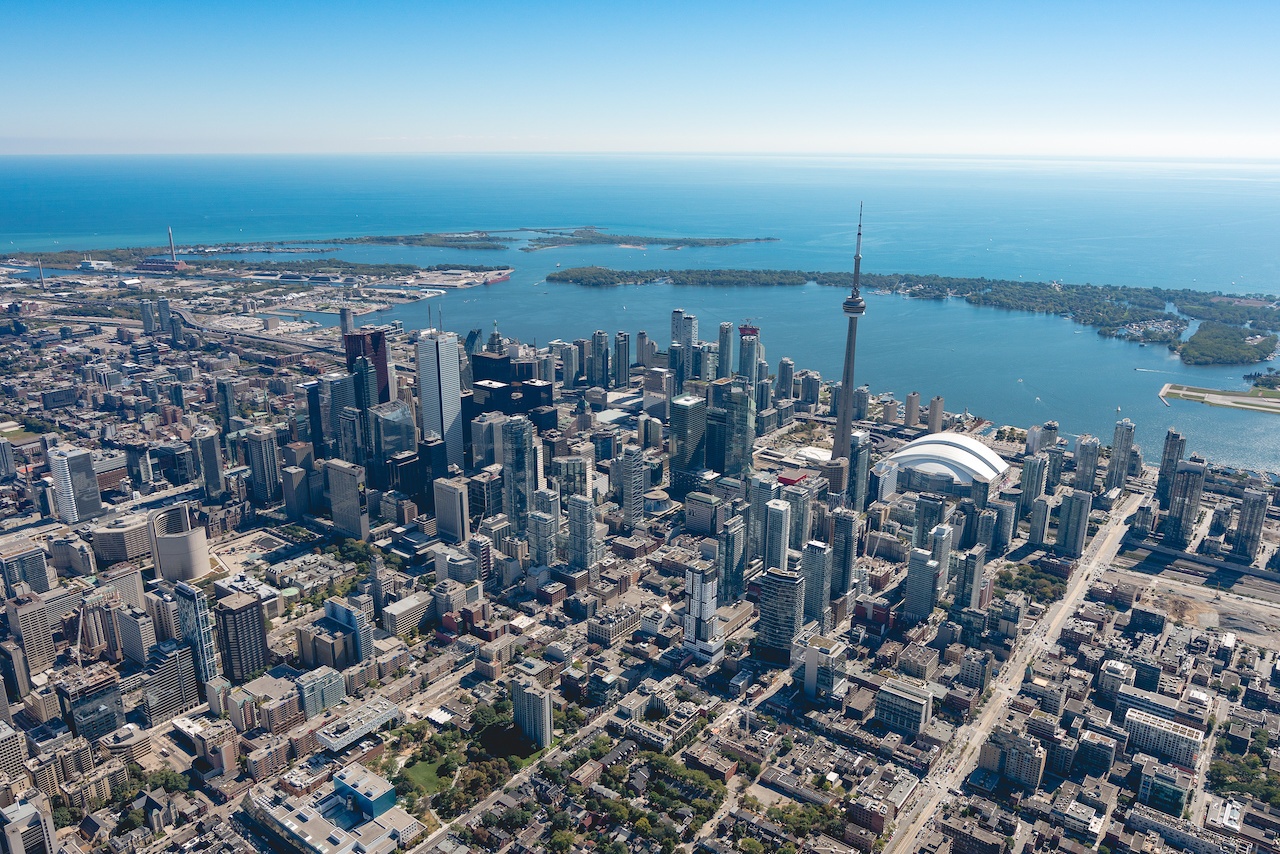The Future of Cities Project
The Future of Cities Project educates leaders on some of the long-term threats, and long-term opportunities, facing the cities of tomorrow. The Project highlights some of the best insights and ideas related to the longer-term scenarios for urban communities and makes those insights more broadly available via our leadership network and the reach of leaders participating in Meeting of the Minds. This blog series seeks to explore the following key questions: What is the longer-term future of our cities, over the 20-40 year time horizon? What are the potentially intractable and perplexing challenges cities will face in the longer-term future? How should we think about both potential city problems, and the potential city solutions, in the longer-term future?
Sustainable Cities Need Smart Investment and Policies
While the outlook for the environment may often seem bleak, there are many proven methods already available for cities to make their energy systems and other infrastructure not only more sustainable, but cheaper and more resilient at the same time. This confluence of benefits will drive investments in clean, efficient energy, transportation, and water infrastructure that will enable cities to realize their sustainability goals.
Given that many of the policy mechanisms that impact cities’ ability to boost sustainability are implemented at the state or federal level, municipalities should look to their own operations to implement change. Cities can lead as a major market player, for example, by converting their own fleets to zero emission electric vehicles, investing in more robust and efficient water facilities, procuring clean power, and requiring municipal buildings to be LEED certified.
Building for Resiliency in a Floodplain
Knowing that flooding is inevitable, we moved forward with developing the Brick Works site by testing new green design features that would mitigate risk and withstand most rain events. Stormwater management ponds collect water from the central parking lot; greenways and other hard surfaces filter sediment in the water before it’s released into the Don River. We also built out the site with wet flood-proofing, which allows water to flow in and out of buildings instead of preventing it from entering. A raised floor made of Cupolex allows water, moisture, and gases to escape from beneath the floor. Elevators default to the second floor, and mechanical systems are located above the projected water level from even the most severe flood. These measures are meant to minimize damage rather than stop the flood, and they were successfully put to the test during spring floods in 2012 and again in 2013.
Cities’ Climate Innovations Are Driving the Next Urban Transformation
Earlier in 2019, Vancouver’s city council declared a climate emergency and adopted a new set of climate-action targets that pushed its already aggressive goals to a new level. In response to the urgent need to hold global warming to below 1.5°C, the city set a new goal of being carbon neutral by 2050.
The To-Do List for Cities 20 Years From Now
As Meeting of the Minds well knows, the integration of technology in all aspects of city life will manifest in many ways over the next two decades. Artificial intelligence, crowdsourcing, and data collection and analysis have gotten the most attention, but many of the most striking changes are set to occur in the physical realm – the layout of streets and sidewalks. Planners are hard at work right now trying to anticipate what’s going to be needed to accommodate delivery drones, trackless trams, and of course driverless cars and trucks, which will present their own congestion problems potentially, but also will free up all kinds of urban land no longer needed for traffic flow or parking. The transformation of the urban landscape will be more complicated than the transition from horses to cars, but no less doable.




